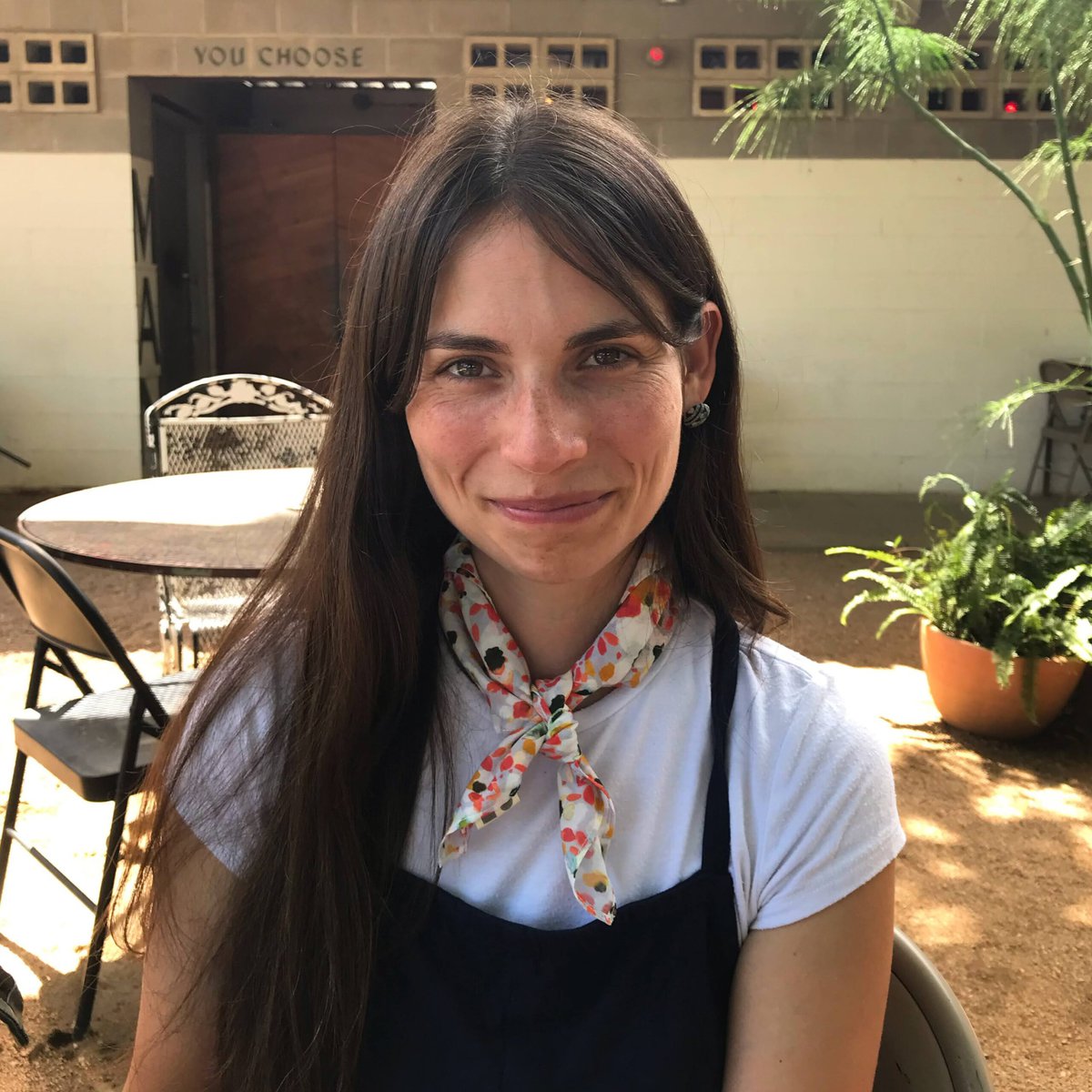What We’re Reading: What Americans Can Learn From German Prisons
Welcome back to our weekly behind-the-scenes glimpse at what’s getting our team talking. Let us know what you think at [email protected].

Opening up
This past spring, U.S. prison officials from several states spent a week touring four German prisons “where inmates wore street clothes, maintained their right to vote, cooked their own meals, played in soccer leagues and learned skills like animal husbandry and carpentry,” the New York Times reports in a story shared by RTBC Contributing Editor Michaela Haas. This is part of a broader trend of states looking to European prisons, which experts say are much safer than those in the U.S.

Michaela says:
The first time I went to prison I was eight years old — because my mom worked at court in Germany and wanted to show me what prison looked like. Probably contrary to what she wanted to achieve, I thought prison was great! The cells were comfy, with TVs, and looked more like dorm rooms to me. Now U.S. prisons are trying to learn from European prisons, because they have much lower rates of violence and relapse.
Sea change
An ambitious new network of marine protected areas is being created in Canada, according to a bioGraphic feature shared by Editorial Director Rebecca Worby. When complete, the Great Bear Sea network will connect “ecological hotspots that will act like underwater stepping stones” from Vancouver Island to Alaska.

Becca says:
One thing that’s unique about this network is that it will be collaboratively managed by federal, provincial and Indigenous governments. The idea is to take the same collaborative model that has been established to project the adjacent land, the Great Bear Rainforest, and apply it to the sea.
What else we’re reading
🏖️ Turns Out a 4-Day Workweek Is Actually Better for Your Health — shared by Rebecca Worby from Newsweek
🐺 Out of the Wild: How A.I. Is Transforming Conservation Science — shared by Executive Editor Will Doig from Yale Environment 360
🔋 Battery recycling gets cleaner and more efficient — shared by Rebecca Worby from Anthropocene
From our readers…
Reader Michael Bronsdon from Bainbridge Island, Washington, wrote to us to share a cool Seattle Times story about rebuilding salmon habitat. As the story explains, the Tulalip Tribes are building logjams to help the Pilchuck River return to its natural, pre-industrial state.
Thanks, Michael!







Please be good and do not spam. Thank you.